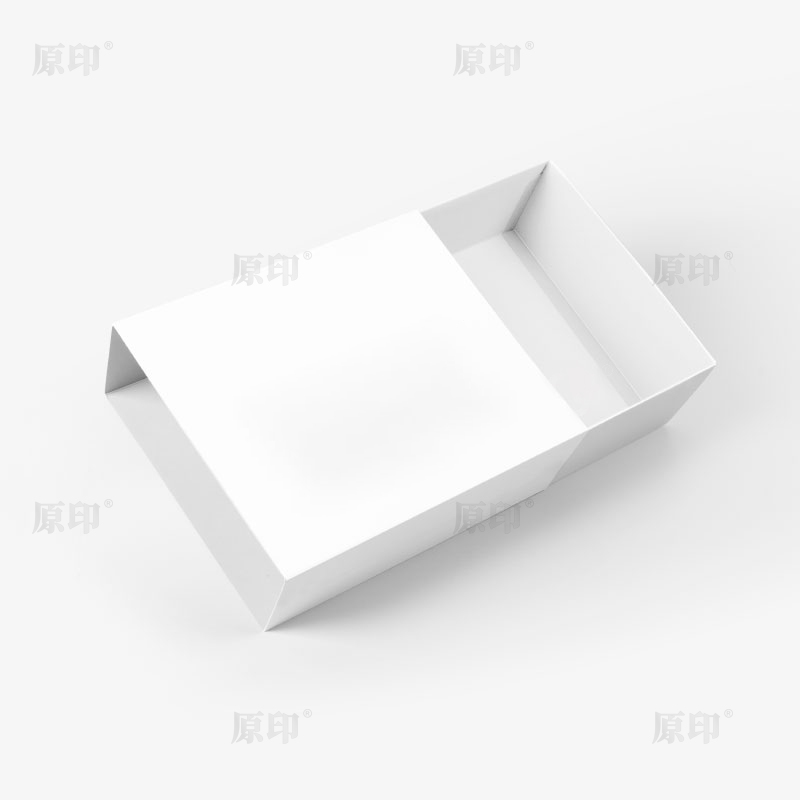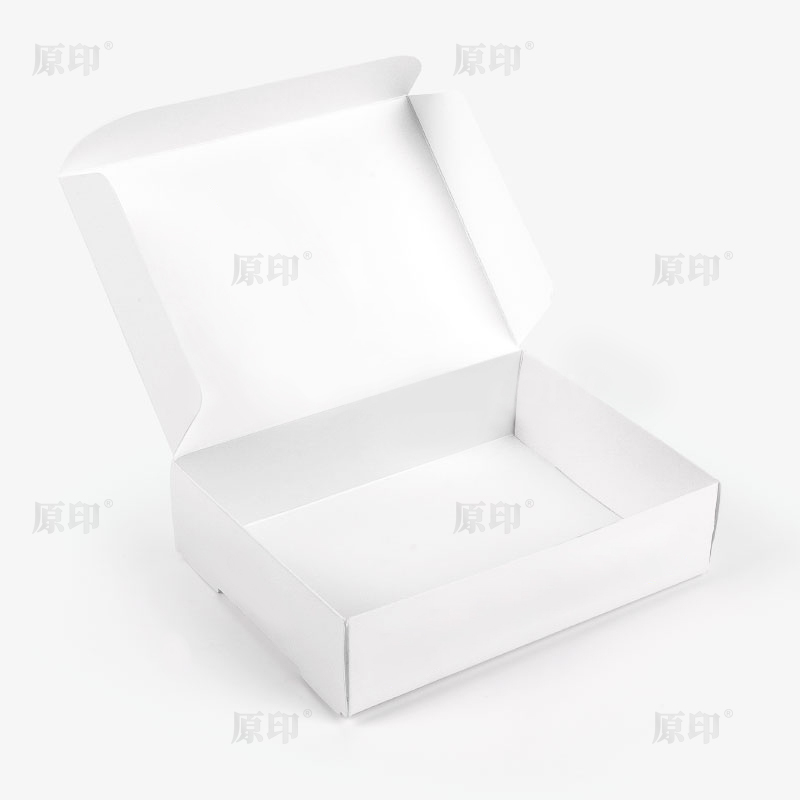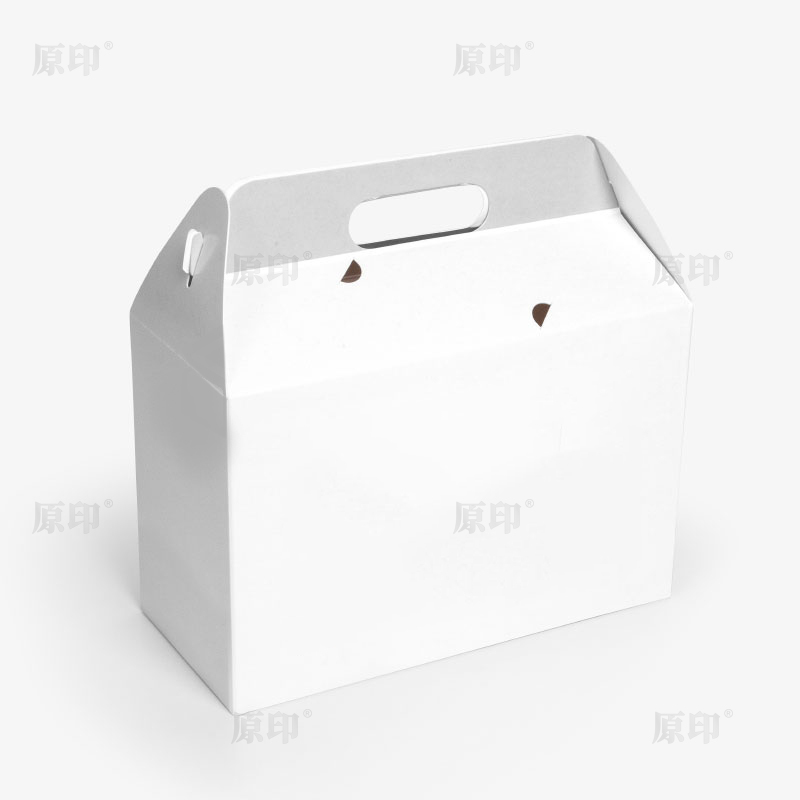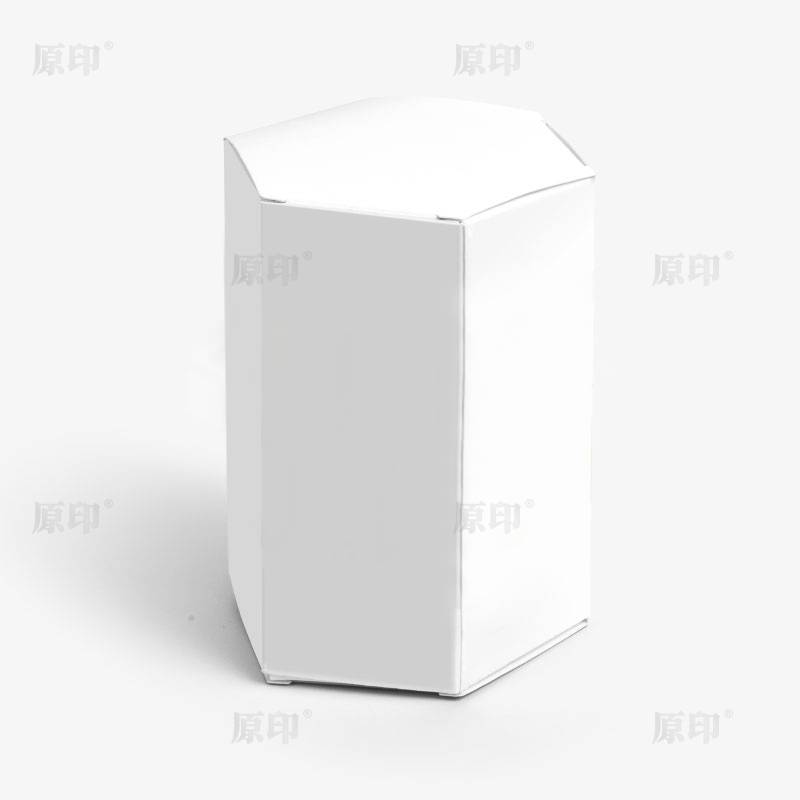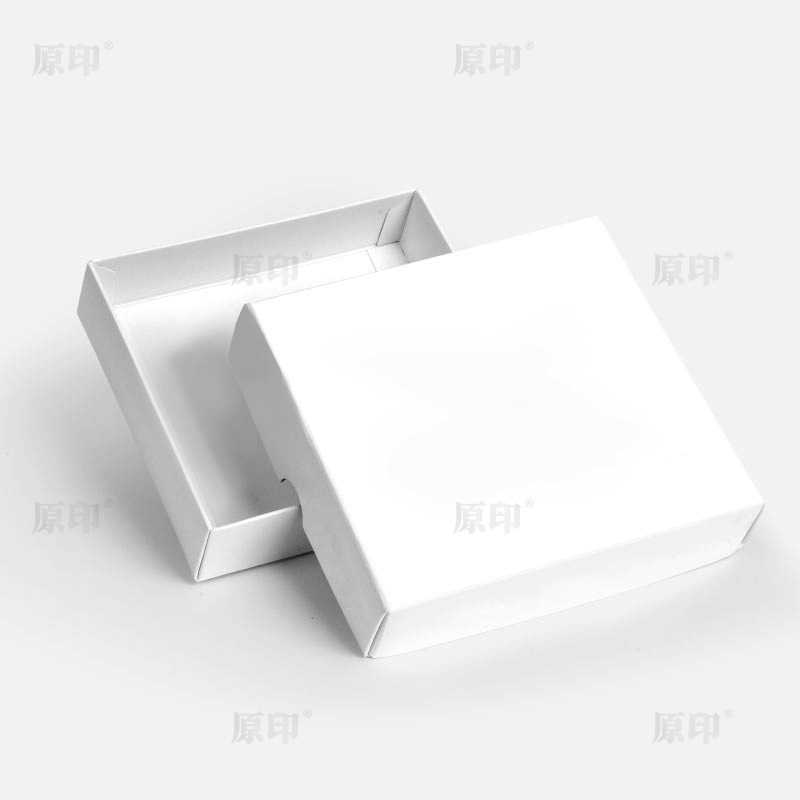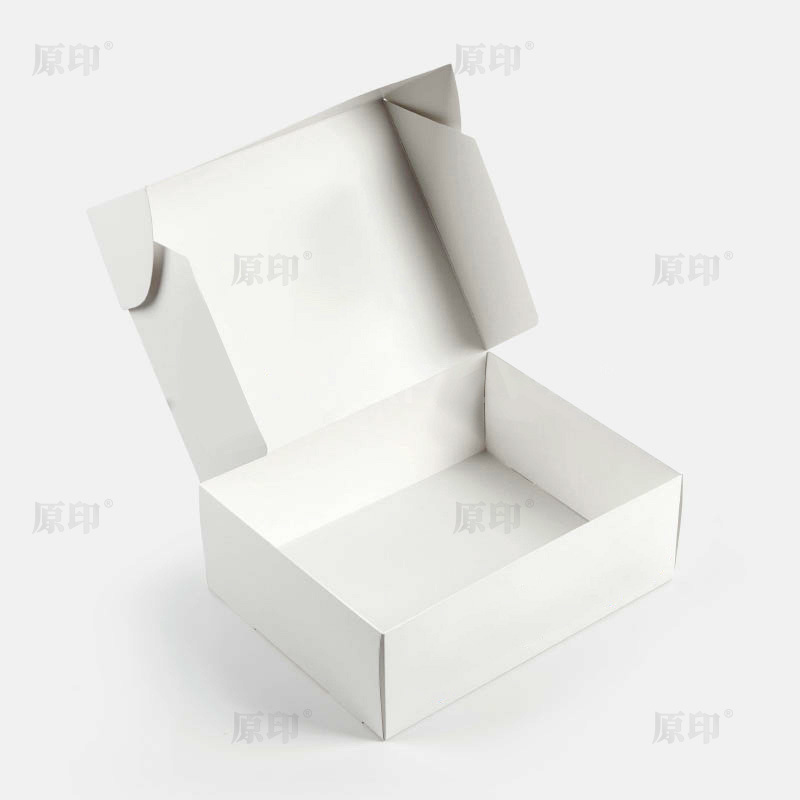Printing Artcraft: The Timeless Fusion of Technique and Creativity
Printing artcraft represents the harmonious blend of traditional craftsmanship and modern technology used to produce visually stunning artworks, functional designs, and decorative pieces. It is both an ageold technique and a continually evolving field, where artists, designers, and craftsmen combine skills in printing with artistic expression to create unique pieces that transcend mere replication.
This article explores what printing artcraft entails, its historical roots, techniques, applications, and its relevance in today’s creative industries.
Understanding Printing Artcraft
At its core, printing artcraft refers to the artistic and skilled practice of creating prints—images or texts transferred onto various surfaces—using specialized techniques and tools. Unlike mass production printing focused solely on quantity and speed, printing artcraft emphasizes the quality, originality, and aesthetic value of each print.
It involves manual or semimanual processes where an artist’s involvement shapes the final product, such as selecting materials, controlling ink application, and adding unique touches. This craft bridges fine art, graphic design, and decorative printing.
Historical Background
The history of printing artcraft dates back centuries:
Woodblock Printing (China, 9th century): One of the earliest forms where images and texts were carved into wooden blocks, inked, and pressed onto paper or fabric.
Movable Type Printing (Gutenberg, 15th century): Revolutionized the spread of literature, allowing for multiple copies but also enabling artistic typography.
Etching and Engraving (Renaissance Europe): Artists like Albrecht Dürer advanced printing as a fine art by creating detailed engravings and etchings on metal plates.
Screen Printing (20th century): A versatile technique that allowed for vibrant colors and textures, widely used in posters and textiles.
Lithography and Offset Printing: Further expanded the possibilities for detailed image reproduction with artistic control.
Throughout history, printing artcraft has been both a means of communication and a mode of creative expression, influencing art movements and cultural trends.

Common Printing Artcraft Techniques
There are numerous traditional and modern methods under the umbrella of printing artcraft, each with its own distinctive look and process:
1. Woodblock Printing
Artists carve designs into wooden blocks, which are inked and pressed onto paper or fabric. This method produces bold lines and textures, often seen in traditional Asian art.
2. Etching and Engraving
Using acid or sharp tools, artists incise designs onto metal plates. Ink is applied to these plates and transferred under pressure, creating highly detailed images with rich tonal variation.
3. Screen Printing (Serigraphy)
A stencil is created on a mesh screen, allowing ink to pass only through open areas. This technique is prized for its vibrant color layering and is common in poster art and textile design.
4. Lithography
Based on the principle that oil and water don’t mix, artists draw on limestone or metal plates with greasy crayons. The surface is chemically treated so that ink adheres only to the drawn areas.
5. Relief Printing
Involves printing from raised surfaces, similar to woodblock but can include linoleum or other materials. It’s valued for its bold graphic qualities.
Materials Used in Printing Artcraft
The choice of materials greatly affects the final artwork. Common substrates include:
Paper: Various textures and weights, from smooth fine art papers to handmade textured sheets.
Fabric: Cotton, silk, and synthetic textiles for wearable art and home décor.
Wood, Metal, and Glass: Used for specialized prints and decorative panels.
Inks and Pigments: Waterbased, oilbased, or UVcurable inks provide different finishes and durability.
Artists often experiment with combining materials to achieve unique effects or tactile qualities.
Modern Relevance and Applications
Printing artcraft continues to thrive in many areas:
1. Fine Art Prints
Artists produce limited edition prints using traditional methods like etching or screen printing, offering collectors access to original artworks at more affordable prices.
2. Graphic Design and Branding
Custom printing techniques bring logos, packaging, and promotional materials to life with tactile finishes and personalized effects.
3. Textile and Fashion Design
Printed fabrics, using screen printing or digital methods, are key in creating distinctive patterns and textures for clothing and accessories.
4. Interior Decoration
Wall art, wallpapers, and decorative panels crafted through printing artcraft add character and artistry to living spaces.
5. Craft and DIY Communities
Hobbyists and small businesses adopt accessible printing methods to create personalized products and artworks.
The Artistic Value of Printing Artcraft
Unlike digital reproduction, printing artcraft involves handson skill, patience, and creative decisionmaking. Each print carries subtle variations and marks of human touch, adding authenticity and uniqueness.
The tactile quality, depth, and layering achievable through these methods often cannot be replicated digitally. This creates a sensory experience for viewers, making printed artcraft pieces cherished collectibles and statement items.
Challenges and Innovations
While printing artcraft is celebrated for its tradition, it faces challenges such as:
Competition from Digital Printing: Faster and cheaper digital methods have transformed commercial printing.
Material Costs and TimeIntensive Processes: Skilled craftsmanship demands investment and patience.
Preservation: Some older techniques require careful storage and handling.
Nonetheless, innovation continues with hybrid approaches combining digital tools with traditional methods, expanding creative possibilities while honoring craft heritage.
Conclusion
Printing artcraft embodies the fusion of timehonored techniques and creative expression. It bridges the gap between art and function, turning prints into unique works that carry both aesthetic and cultural significance.
Whether through the carved woodblocks of centuries past or the vibrant screen prints of today, printing artcraft remains a vital and inspiring part of the creative landscape. It invites artists and audiences alike to appreciate the beauty of manual skill, materiality, and artistic intention in an increasingly digital world.
By preserving and evolving these crafts, we keep alive a rich tradition that continues to shape the future of art and design.

